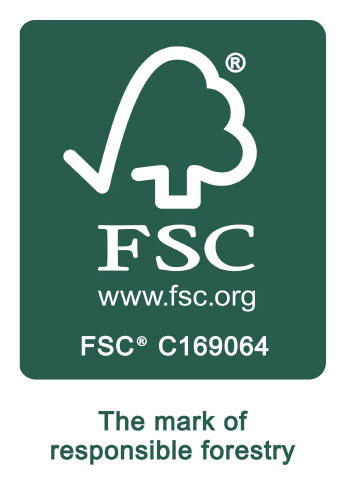Do you enjoy yours with salt and vinegar, ketchup or mushy peas?
Fish and chips are a long standing British favourite. Originally cod and chips were a very affordable meal and a staple of the working classes. These days a shortage of cod has seen prices rocket, so it is far more likely that you will have haddock or coley inside the batter.
Open or Wrapped?
Traditionally fish and chips were wrapped in newspaper; an early form of recycling! This cheap and readily available material helped to keep the supper warm until you got home and also absorbed some of the fat from the food. Can you remember being asked if you want your portion open or wrapped?
It wasn’t until the 1980’s that Health and Safety regulations saw the end of this tradition. Some fish and chip shops simply opted for plain paper wrappings. These complied with food hygiene requirements and maintained the clever art of paper folding, but others changed to polystyrene cartons.
Polystyrene Cartons
The advantage of the cartons was convenience. Fewer customers were waiting until they got home to tuck in; they wanted to eat on the go. Polystyrene packaging made for a practical solution that kept the food warm, but could be easily opened. This fixed sized packaging was also more effective than paper wrappings for maintaining portion control.
There are several disadvantages to the polystyrene containers. The first being that the take up considerably more space than a few sheets of paper, the second being that they cost more and the third that they no longer fulfilled the role as a recyclable packaging material.
Corrugated Cardboard Cartons
With a growing awareness of the need for sustainable business practices, an increasing number of fish and chip shops were looking for an alternative that would reduce the environmental impact. Corrugated cardboard has long been used for pizza boxes and it can be both made from recycled materials and be recycled after the last chip has been polished off.
Cardboard containers have the advantages of good insulation, portion control and compliance with health and safety regulations. They can also be printed with the chip shop logo, which isn’t an option with polystyrene and stored as flat pack or pre-assembled units, as determined by the available space.
Around 200million portions of fish and chips were ordered last year, with approximately a quarter being served in corrugated cardboard containers. Was your chippy one of the many who has adopted this sustainable packaging?
